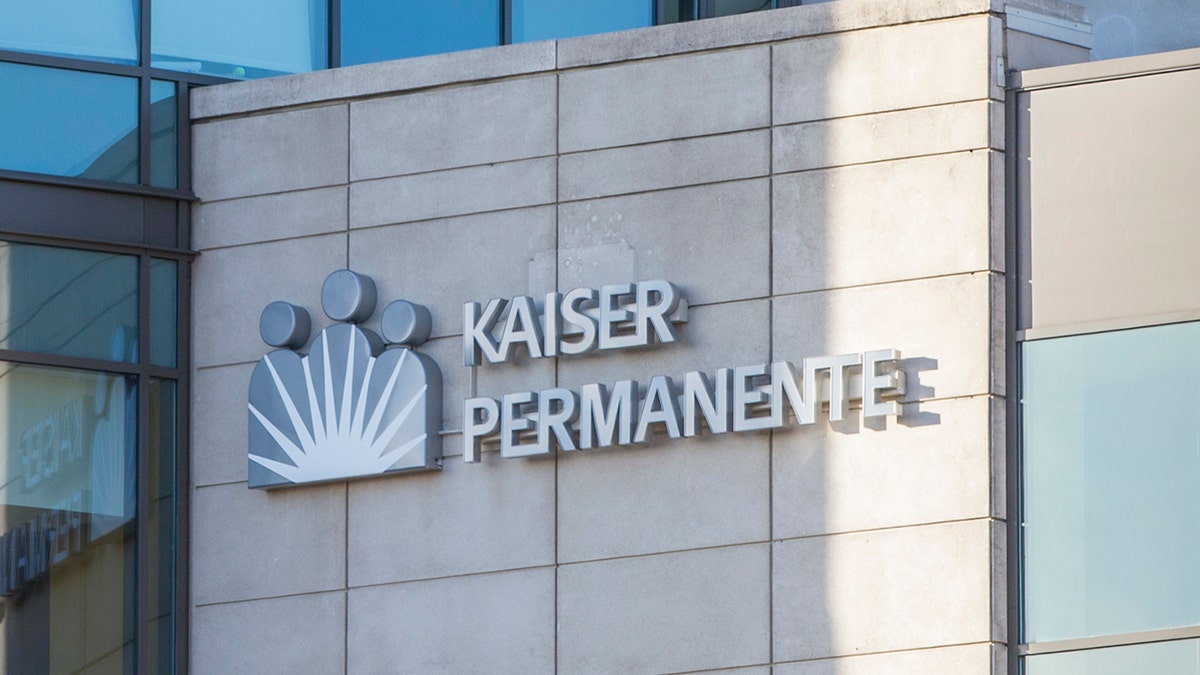
February 10, 2018 - Bellevue, WA, USA: A Kaiser Permanente glass building on a sunny day (iSTOCK)
A California man's family is upset after his life-threatening diagnosis was delivered to him by a doctor, via a robot.
On March 3, a nurse wheeled a robot into the ICU of 78-year-old Ernest Quintana at Kaiser Permanente Medical Center emergency department in Fremont, California, their granddaughter, Annalisia Wilharm, told USA Today.
"The nurse came around and said the doctor was going to make rounds and I thought 'OK, no big deal; I'm here," said Wilharm.
KANSAS DOCTOR GETS LIFE IN PRISON AFTER PATIENTS OPIOID OVERDOSE DEATH
What she didn't expect was what happened after the nurse opened the door.
Wilharm didn't see a human being, but a machine with a video screen of a doctor. She told USA Today the machine was there to tell her grandfather how the hospital had run out of effective treatments.
According to KUTV, Wilharm said her grandfather couldn't hear much of what the machine was saying, and they kept needing it to repeat itself. It got to a point where she had to tell her grandfather he was dying, because he couldn't hear what the robot was saying.
Along with hearing issues, the robot essentially told Quintana "you might not make it home" said Wilharm.
"Devastated. I was going to lose my grandfather," said Wilharm. "We knew that this was coming and that he was very sick. But I don't think somebody should get the news delivered that way. It should have been a human being come in."
CEO OF MEDICAL LAB AMONG VICTIMS IN TRIPLE SLAYING IN CALIFORNIA GATED COMMUNITY
She took a cellphone video of the encounter, which she eventually relayed to her mother and grandmother. Her mother, Catherine Quintana, was not happy after seeing the video.
"If you're coming to tell us normal news, that's fine, but if you're coming to tell us there's no lung left and we want to put you on a morphine drip until you die, it should be done by a human being and not a machine," Catherine Quintana told USA Today.
Wilharm wrote to USA Today that her grandfather Ernest died last Tuesday.
"We offer our sincere condolences," said Kaiser Permanente Senior Vice-President Michelle Gaskill-Hames. "We use video technology as an appropriate enhancement to the care team, and a way to bring additional consultative expertise to the bedside.
Gaskill-Hames added the machine visit was a follow-up to earlier physician visits. She says it did not replace previous conversations with patients and family members.
“The use of the term ‘robot’ is inaccurate and inappropriate,” she exclaimed. “This secure video technology is a live conversation with a physician using tele-video technology, and always with a nurse or other physician in the room to explain the purpose and function of the technology. It does not, and did not, replace ongoing in-person evaluations and conversations with a patient and family members.”
According to Wilharm, the medical staff told her the robot is "policy" and "what we do now."
CLICK HERE TO GET THE FOX NEWS APP
Their family hopes they can review these policies and how they break life-threatening news to dying patients.
"I don't want this to happen to anyone else. It just shouldn't happen," Catherine Quintana said.
